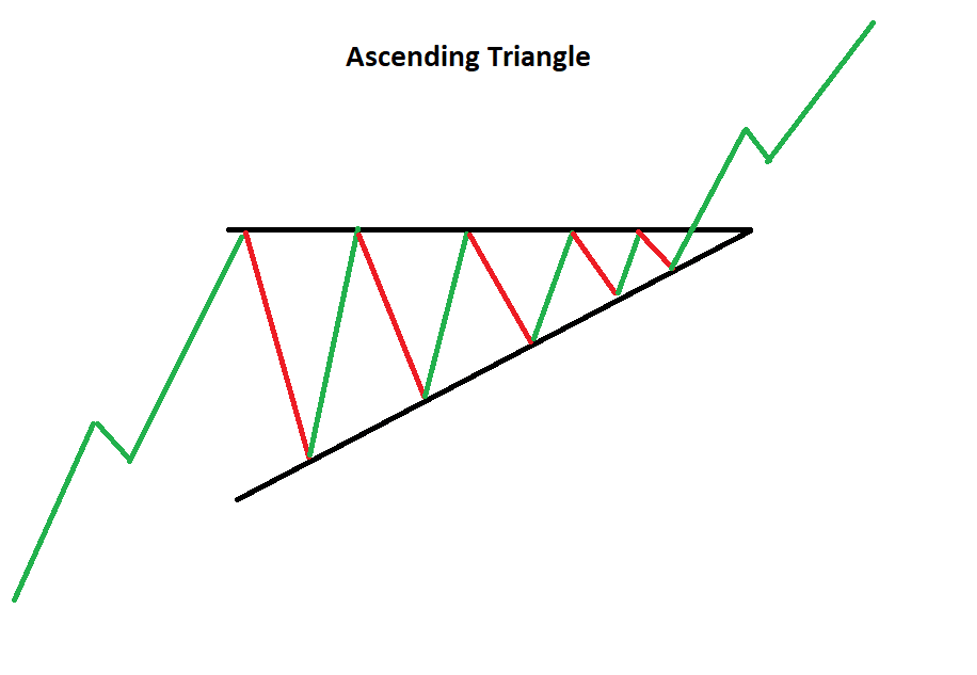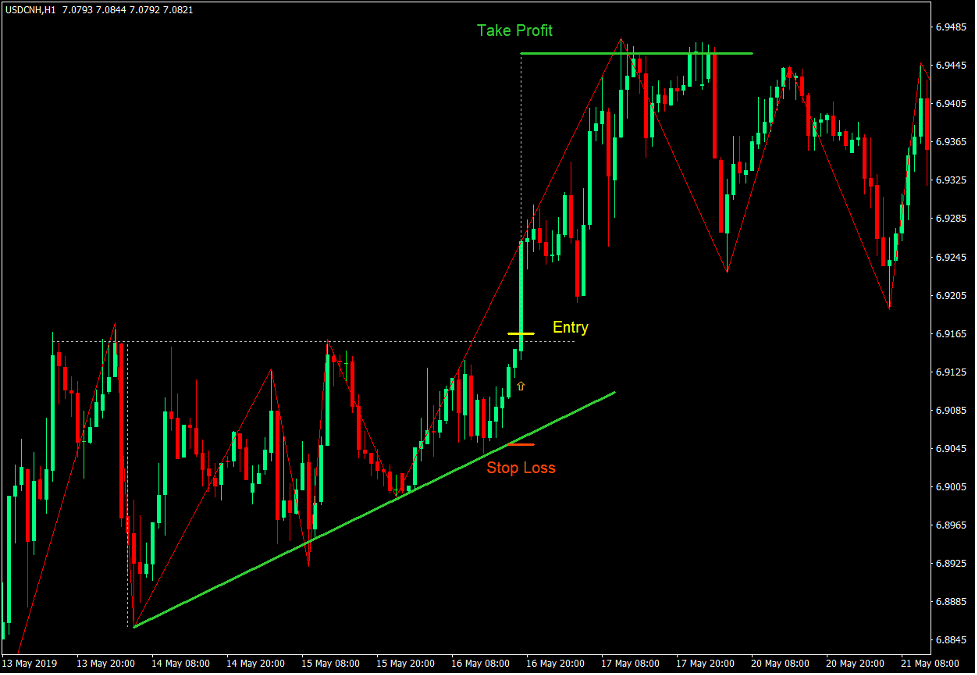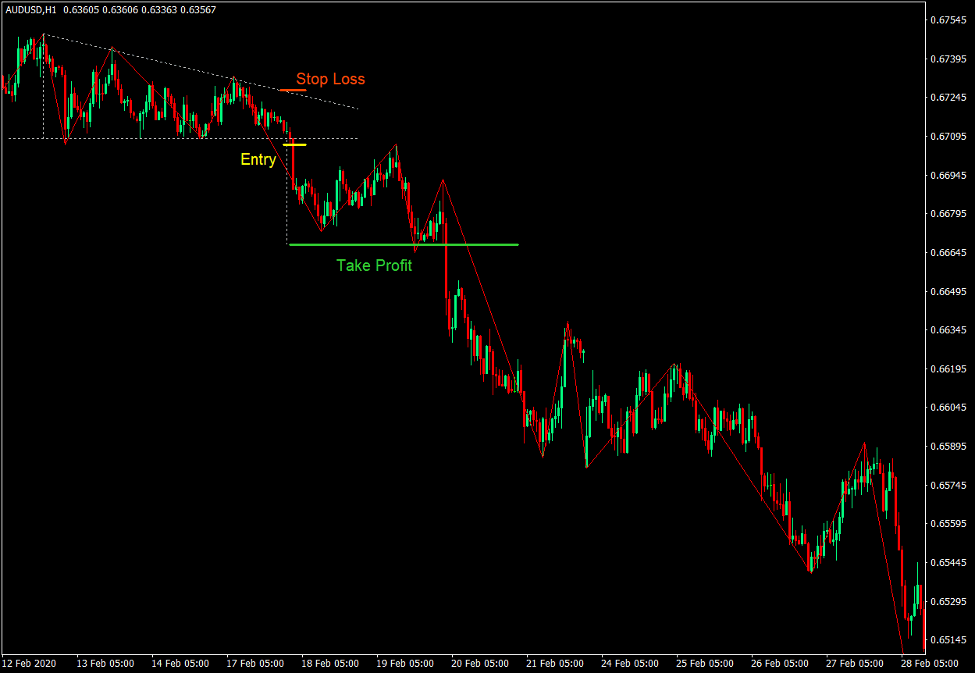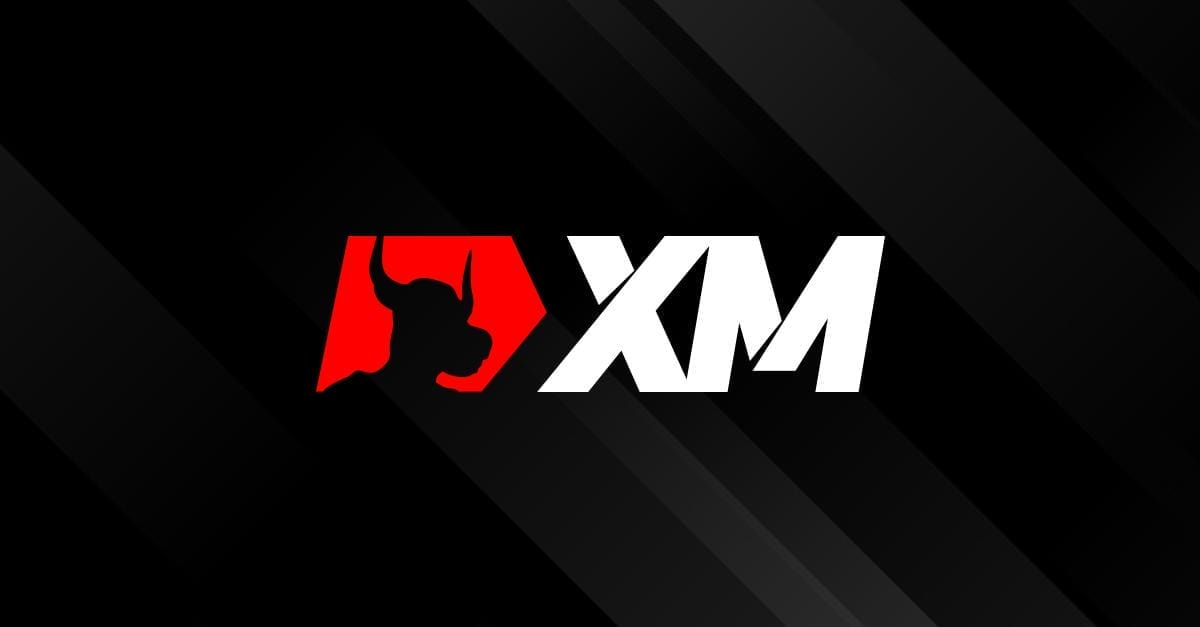One of the best trade setups to be in is during a strong momentum breakout breaking above an established resistance level and during a strong momentum breakdown dropping below an established support level. During these market conditions, traders who were able to time these setups correctly are usually in for huge profits as the market tends to push strongly in the direction of the momentum breakout with little to no resistance. The stronger the support or resistance level, the stronger the momentum breakout tends to be.
Identifying and timing these momentum breakouts correctly tend to be very difficult for new traders. However, there are techniques wherein traders can identify such high probability momentum breakout setups much easier. One of which is through the use of price patterns.
Price patterns are usually formed based on an underlying market psychology. To the undiscerning eye, these patterns may just be a pattern. However, to a seasoned trader, these patterns tell a story of how the market has been moving and what the market is currently thinking.
Ascending Triangle Pattern
An Ascending Triangle Pattern is a bullish pattern which is often considered as a trend continuation pattern. This is because ascending triangles are usually formed after a strong bullish trend.
The Ascending Triangle pattern is formed by a resistance line formed by swing highs that are roughly at the same level and a diagonal support line sloping up formed by swing lows that are rising.
If you would look at this pattern, you would notice that the story it tells is that of a market that is in an uptrend yet has reached a resistance level which may seem unacceptable for the market. So, price would often bounce back down as it reaches this resistance level. However, although there is a strong resistance hindering the progress of the prior trend, the market sentiment might still be bullish. So, traders would still keep on buying as the market dips causing each swing low to keep on rising. This creates a market consolidation phase which is tightening from below on the swing lows. As the sellers at the resistance level lessens on each bounce, the resistance level weakens. Then, price breaks above the weakened resistance line with little to no resistance above it.
To trade this pattern, traders should treat it as a momentum breakout pattern, trading as soon as price breaks strongly above the resistance line.
Although an Ascending Triangle is usually considered a continuation pattern, there are also instances wherein the pattern is formed as a consolidation area without a prior trend uptrend.
Descending Triangle Pattern
The Descending Triangle Pattern is the exact opposite of the Ascending Triangle. It is often considered as a bearish trend continuation pattern because it is also often formed right after a downtrend.
The Descending Triangle has horizontal support level with swing lows that are at roughly the same level and swing highs that are dropping lower and lower forming a descending diagonal trendline.
Again, looking at this chart, we could tell that this is exactly the opposite story as the Ascending Triangle.
In this pattern, we could see that the market was in a downtrend until it hit a significant level which has turned into a strong support level. Bearish market participants can’t seem to break below it as price keeps on bouncing off this level. However, the bearish market participants are also persistent enough to keep on selling at lower and lower price levels causing the swing highs to drop lower and lower. Again, this creates a market contraction only that this time the contraction is from above coming from the dropping of the swing highs. Buyers on the support level again thins out each time price reaches the support level. Then, price drops below the resistance level without any more resistance below it.
Again, although the Descending Triangle is mostly a trend continuation pattern, there also instances wherein the pattern is formed just as a market contraction phase prior to a fresh downtrend.
Zigzag Indicator and Price Patterns
Many new traders find it difficult to objectively identify Price Patterns. This is because identifying Price Patterns is predicated by identifying trendlines and swing points and many new traders are not confident enough to identify such.
Price Patterns are formed by trendlines, whether diagonal or horizontal. Trendlines in turn are formed based on swing highs and swing lows that are connected by a line.
The Zigzag indicator is a technical analysis tool which automatically identifies such swing highs and swing lows based on an underlying mathematical computation of a significant rise and drop in price.
As such, because the Zigzag indicator can help traders identify swing highs and swing lows, it is now much easier for traders to identify trendlines, and in turn identify Price Patterns formed by such trendlines.
Ascending Triangle Price Pattern Setup
- Identify an Ascending Triangle pattern with swing highs at roughly the same level forming a horizontal resistance and swing lows that are constantly rising forming a rising diagonal support.
- Enter a buy order as price breaks above the resistance level.
- Set the stop loss below the support level at the breakout point.
- Measure the height of the triangle on the initial swing and use it as the height of the target take profit.
Descending Triangle Price Pattern Setup
- Identify a Descending Triangle pattern with swing lows at roughly the same level forming a horizontal support and swing highs that are constantly dropping forming a falling diagonal support.
- Enter a sell order as price breaks below the support level.
- Set the stop loss above the resistance level at the breakout point.
- Measure the height of the triangle on the initial swing and use it as the height of the target take profit.
This method of trading Ascending and Descending Triangle price patterns is the classic conservative way to trade it. Aggressive traders may opt to place the stop loss on a fractal inside the triangle before the breakout candle, which should give a tighter stop loss. Traders may also opt to ride the trend down instead of placing a fixed take profit target since trends usually follow a breakout.
Conclusion
Ascending and Descending Triangle Patterns are a staple trading setup for most pattern day traders. This is because this pattern simply works.
It also has a higher probability compared to other breakout patterns. This is because Ascending and Descending Triangle Patterns are one directional. We trade only on the horizontal support or resistance breakout. Unlike Symmetrical Triangle Patterns wherein we do not know where price will breakout or if it is actually a breakout.
Traders can simply practice trading the Ascending and Descending Triangle Patterns using the Zigzag indicator as an aid to make it easier to identify such patterns.
Recommended MT4 Brokers
XM Broker
- Free $50 To Start Trading Instantly! (Withdraw-able Profit)
- Deposit Bonus up to $5,000
- Unlimited Loyalty Program
- Award Winning Forex Broker
- Additional Exclusive Bonuses Throughout The Year
>> Sign Up for XM Broker Account here <<
FBS Broker
- Trade 100 Bonus: Free $100 to kickstart your trading journey!
- 100% Deposit Bonus: Double your deposit up to $10,000 and trade with enhanced capital.
- Leverage up to 1:3000: Maximizing potential profits with one of the highest leverage options available.
- ‘Best Customer Service Broker Asia’ Award: Recognized excellence in customer support and service.
- Seasonal Promotions: Enjoy a variety of exclusive bonuses and promotional offers all year round.
>> Sign Up for FBS Broker Account here <<
Click here below to download:








